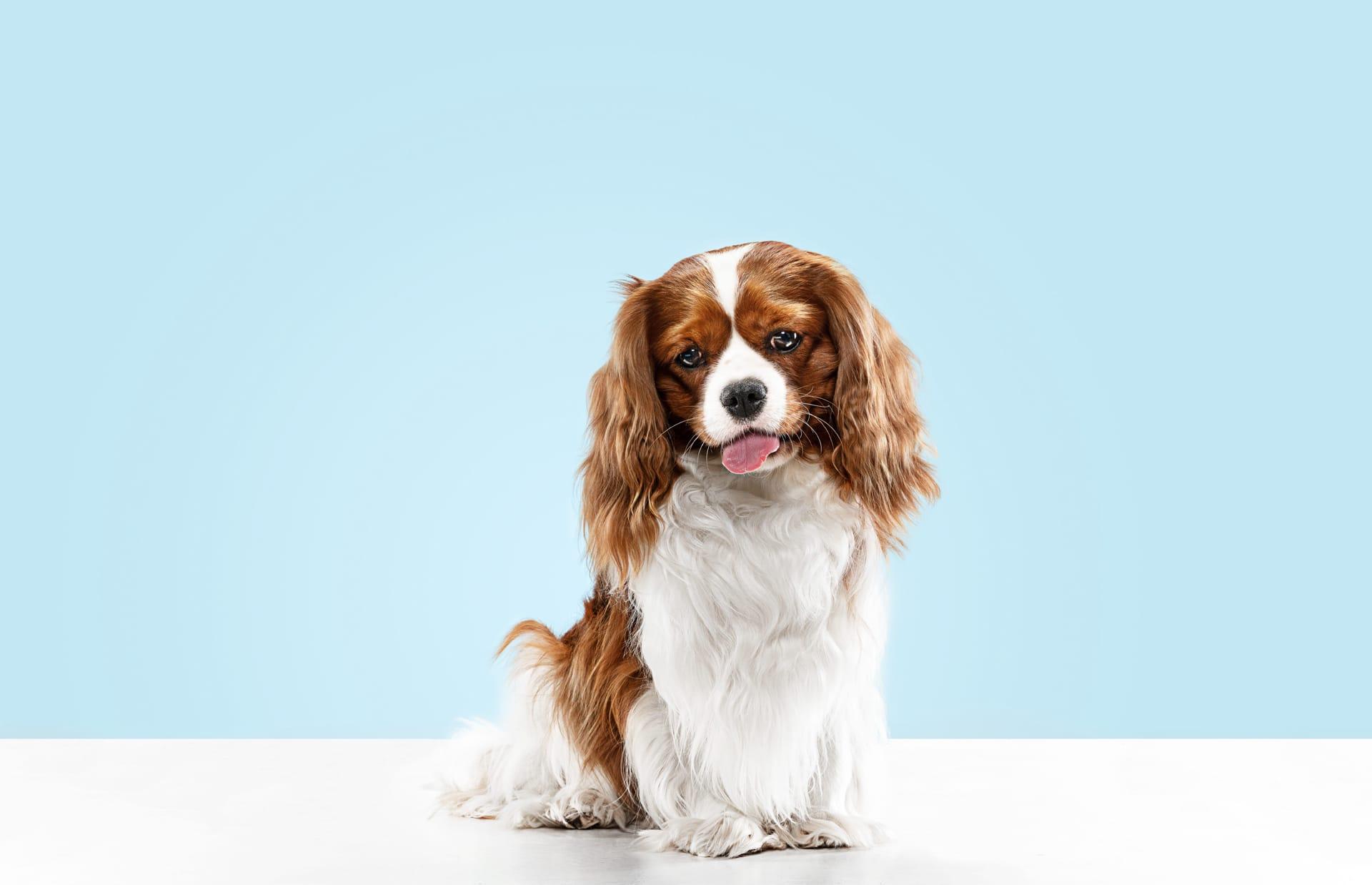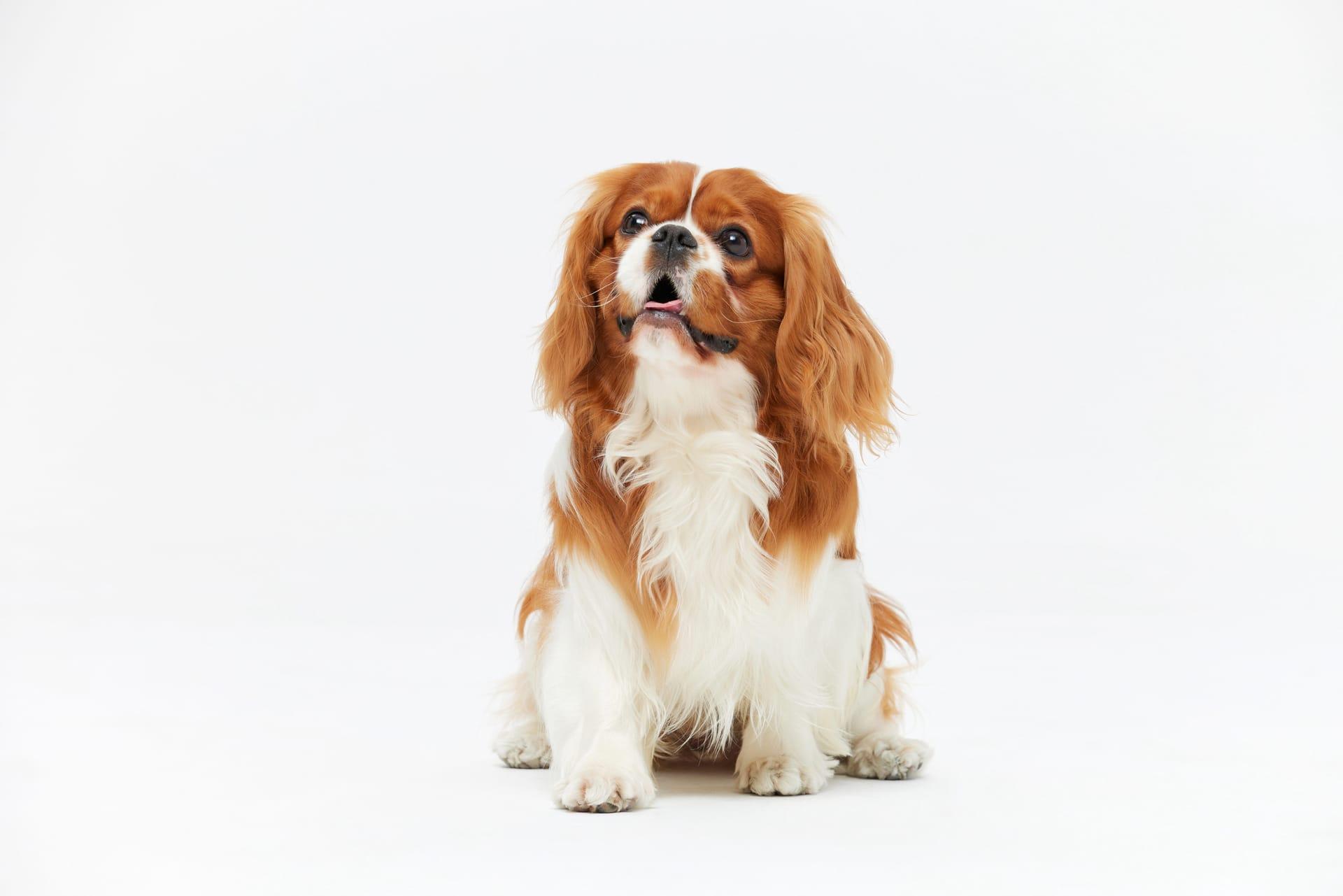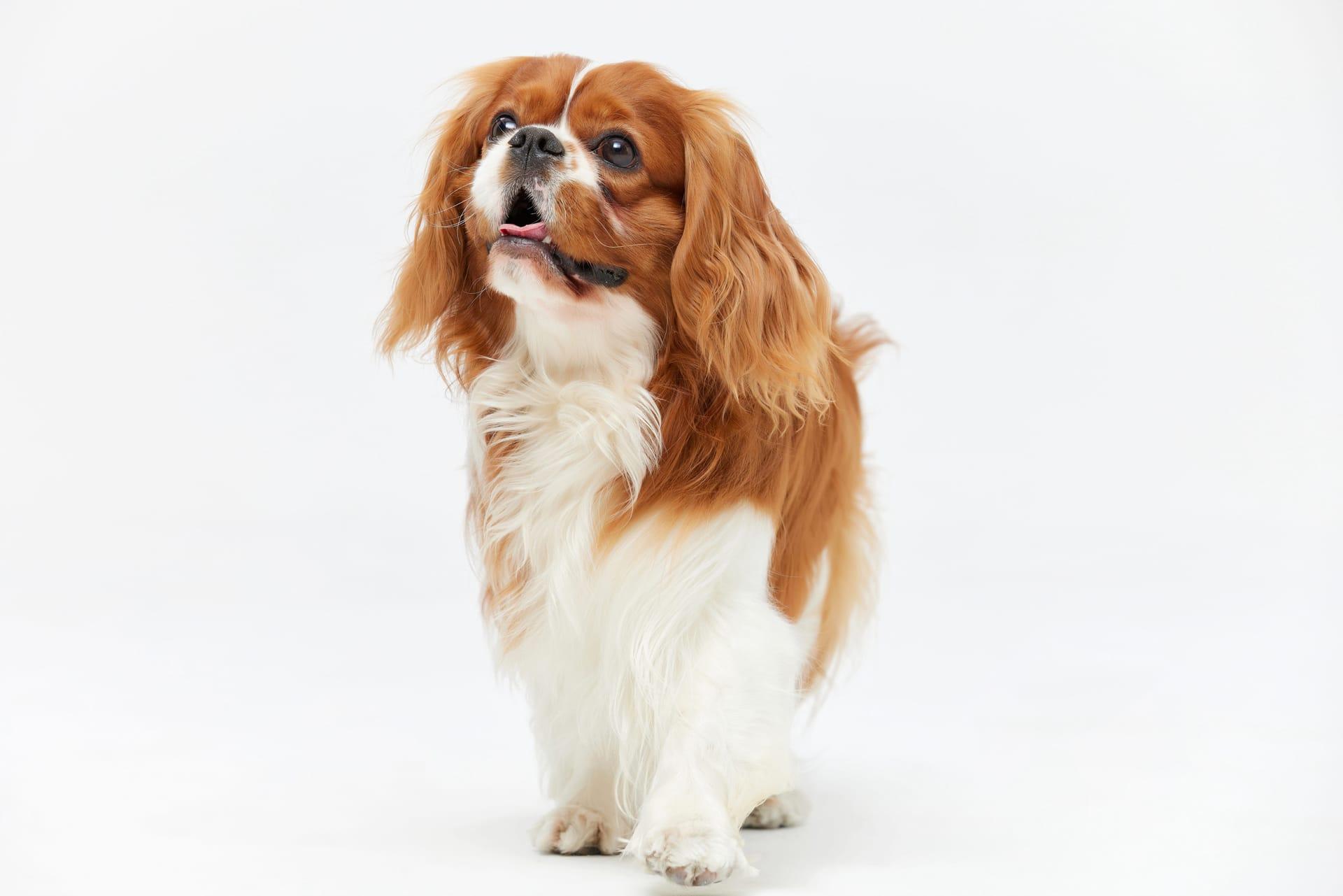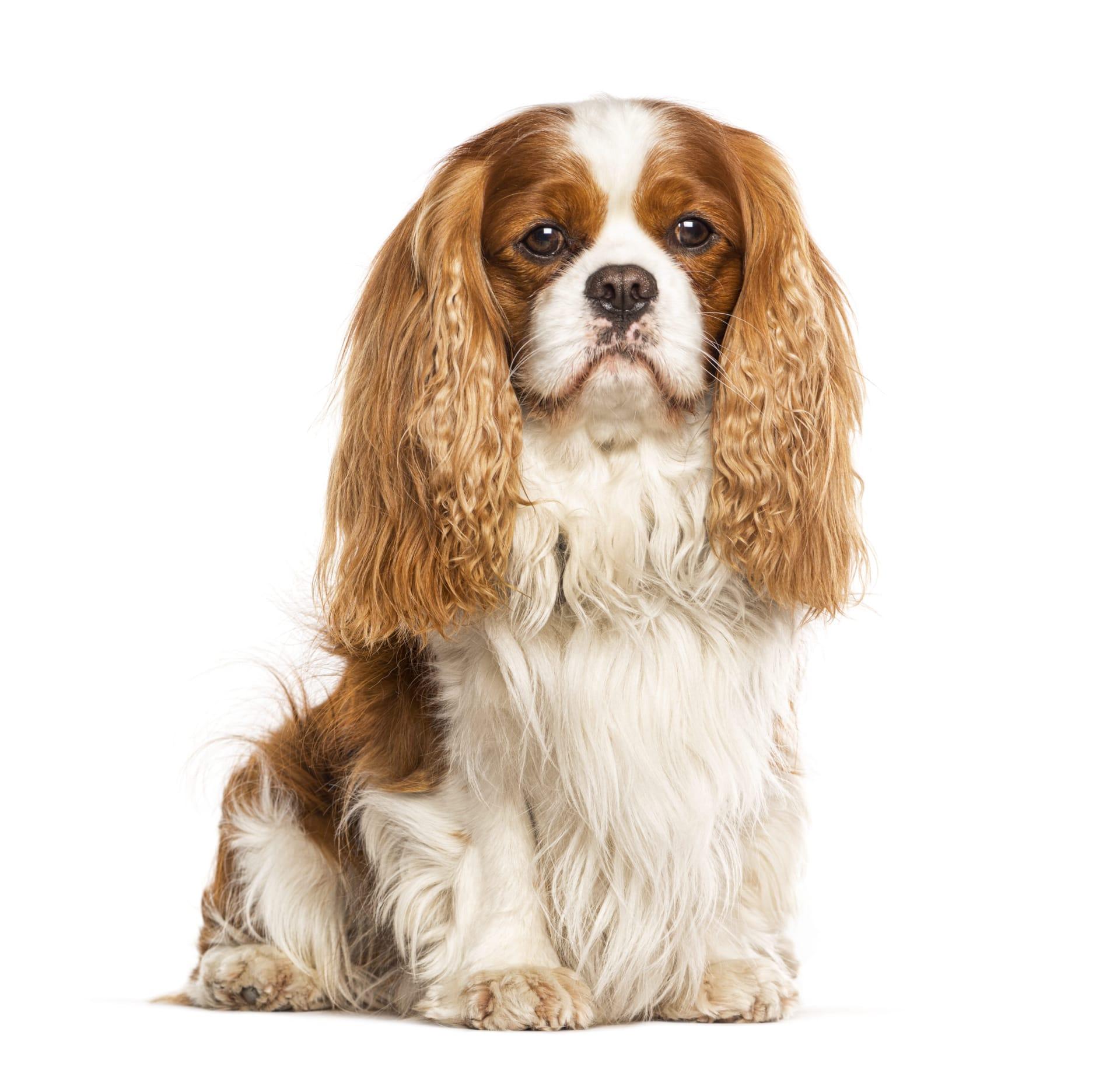Cavalier King Charles Spaniel
- Home /
- Mini Encyclopedia /
- Animal /
- Cavalier King Charles Spaniel
1
The Cavalier King Charles Spaniel, a distinct breed within the Toy group, belongs to the Canidae family, under the order Carnivora. This breed is renowned for its graceful, affectionate, and lively nature. Classified scientifically, it falls within the genus Canis, species C. lupus, and subspecies C. l. familiaris, like all domestic dogs. The breed's defining characteristics include a short snout, large round eyes, and long, silky fur, often with distinct color patterns such as Blenheim (chestnut on white), tricolor, black and tan, and ruby.
The Cavalier King Charles Spaniel's distribution is global, with a significant presence in countries like the United States, the United Kingdom, and Australia. Initially popular among British nobility, this breed has gained popularity worldwide due to its adaptable and friendly nature, suitable for various living conditions. In the U.S., it ranks among the top 20 most popular dog breeds. The breed thrives in environments where it can interact closely with humans, reflecting its history as a companion dog for aristocracy.

2
Question: Is it true that Cavalier King Charles Spaniels require less exercise than other dog breeds?
Answer: Contrary to popular belief, Cavalier King Charles Spaniels do require regular exercise. While they are smaller and adaptable to various living situations, including apartments, they are an energetic and playful breed. Daily walks and interactive play sessions are crucial for their physical and mental well-being. They typically need about 20-30 minutes of exercise per day. This activity helps in maintaining their weight, preventing health issues, and satisfying their instinctual needs.

3
The Cavalier King Charles Spaniel has a storied history of being a cherished companion to humans, especially in aristocratic circles. This breed's affectionate demeanor and ability to form strong bonds with their owners make them excellent therapy dogs. They are known for their empathetic nature and ability to provide comfort, which is why they are often used in settings like hospitals and nursing homes to alleviate stress and bring joy to patients.
Additionally, due to their friendly and sociable nature, Cavaliers excel in family environments. They are good with children and other pets, making them a popular choice for families. Their adaptability to different living conditions, from city apartments to spacious homes, and their desire for human interaction, make them an integral part of the families they belong to.

4
The origin of the Cavalier King Charles Spaniel dates back to the 16th and 17th centuries in England, where they were favorites among royalty and nobility. Named after King Charles II of England, who was particularly fond of the breed, these dogs were often depicted in paintings and tapestries alongside their royal owners. They were originally bred for companionship, a trait that remains strong in the breed to this day.
Over centuries, the breed underwent changes, particularly in the 1920s when an American named Roswell Eldridge sought to revive the breed's original appearance, distinct from the King Charles Spaniel, which had evolved with a shorter snout. The Cavalier King Charles Spaniel, as we know it today, was thus established, emphasizing a longer snout and a more pronounced forehead, features that differentiate it from its close relative.

5
Film: "The Royal Spaniels: Majestic Companions" is a British documentary released in 2018. It explores the history and evolution of the Cavalier King Charles Spaniel and its close relation to British royalty. The film delves into the breed's journey from royal courts to modern homes, highlighting its enduring charm and affectionate nature.
Book: "Cavalier King Charles Spaniels: A Complete Pet Owner's Manual" by D. Caroline Coile, published in the United States in 2015. This book offers comprehensive information on the breed, including care, training, and health. It's a valuable resource for both prospective and current owners, providing insights into the breed's characteristics and needs.
Book: "The Cavalier King Charles Spaniel: In Fact and Fancy" by Barbara Garnett-Wilson, published in 2008 in the United States. This book beautifully blends factual information about the breed with engaging stories and illustrations. It covers the history, breed standards, and care tips for Cavalier King Charles Spaniels, making it both an informative and visually appealing read.